How to Play at the Final Table with a Chip Leader Stack: Insights from bencb
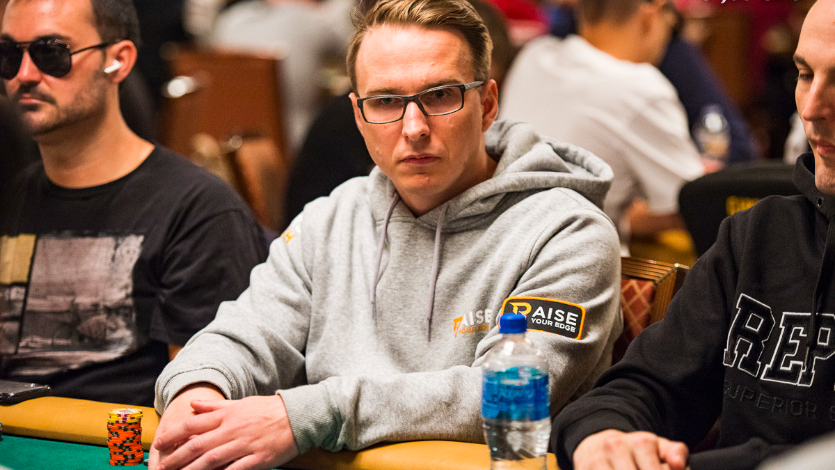
For profitable play at the final table, a considerable set of skills is required, and it must vary depending on the size of your stack. Understanding this, professional poker player, coach, and founder of the Raise Your Edge foundation, Ben “bencb789” Rolle, posted an educational thread on Twitter (X) about one of the typical problematic situations for finalists – playing with the largest stack.
We have translated his thread from the first person, adding transitions and dividing the text for convenience into blocks with thematic subtitles.
Improper Play at the Final Table with a Large Stack
- You are too aggressive in unsuitable spots.
- You attack the “wrong” stacks;
- You do not “close” the action (details below);
- You make too many flat calls;
- You underestimate the concept of equity realization.
Example of Chip Leader Play Against UTG, HJ, and CO
To understand why the listed is incorrect, as well as how to play correctly, I use small examples of playing as the chip leader from the button (BU) against under-the-gun (UTG), hijack (HJ), and cut-off (CO):
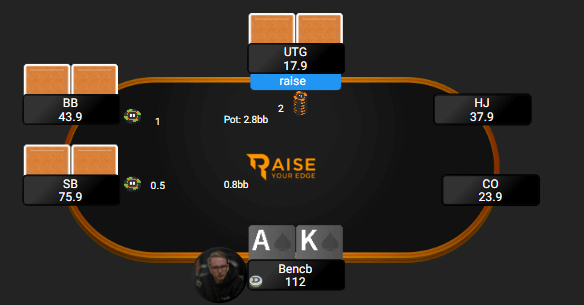
BU vs UTG
Here, we on the button 3-bet against UTG only 7.2% of the range – remember this. The reason is that the UTG range with 20 BB is too narrow to make a lot of 3-bets. At the same time, it will be able to make a lot of 4-bet all-ins. That’s why our range here looks like this:
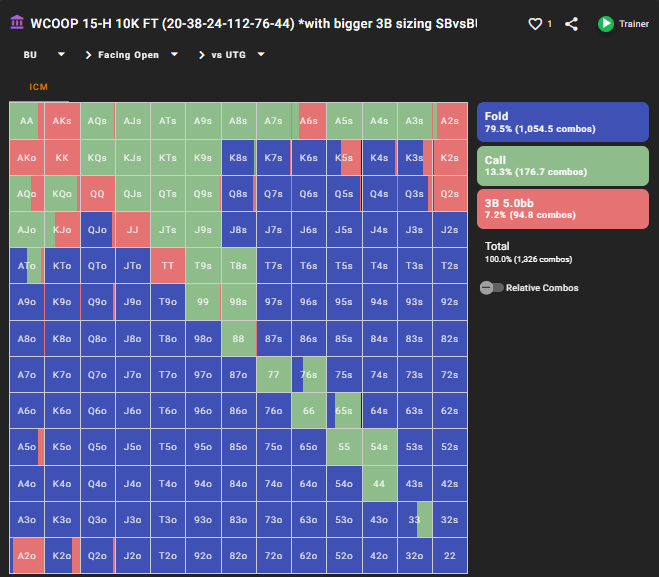
BU vs HJ
Against a player at the hijack with 38 BB, we have significantly more 3-bets — now 11.2% — even though he opens a similar range and can make a lot of flat calls in response to our 3-bets. Our range here looks like this:
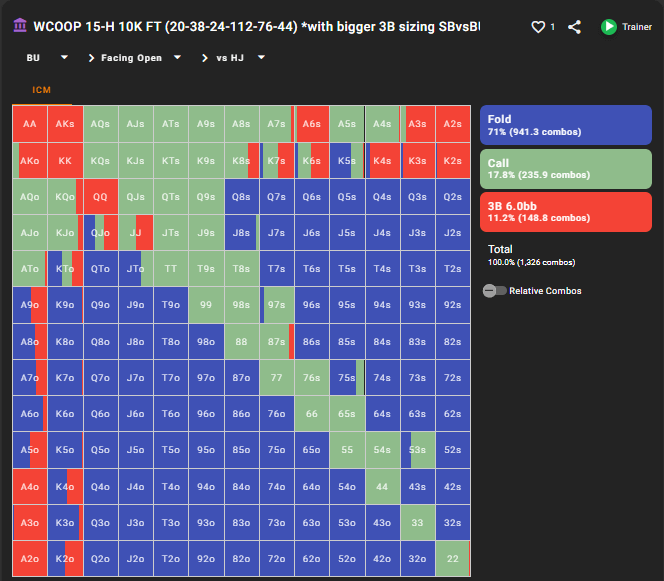
BU vs CO
Against a player at the cut-off with 24 BB, we again reduce the volume of 3-bets — though, to 10% — despite him opening more widely. The reason is that his stack allows for 4-bet all-ins with an excellent risk-reward ratio. So, our range against CO looks like this:
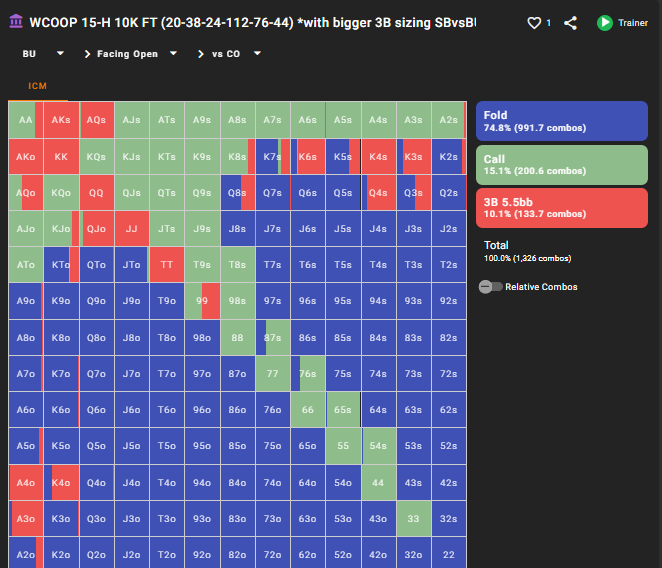
How to Play Correctly as a Chip Leader at the Final Table?
Considering the examples discussed in the previous section, we can make four main conclusions:
- If you are making a 3-bet against players with stacks of 15-30 BB — give them a good “price” for a 4-bet all-in against you, as they risk less.
- An opponent with 35-50 BB is more constrained and risks more with 4-bet all-ins. If they decide to 4-bet without going all-in, it gives you the opportunity for a 5-bet all-in.
- Against these “shorter” stacks, you want to make more flat calls, as they will bet less post-flop. This leads to an increase in equity realization because bluffing for opponents becomes too costly.
- All the above allows you to make flat calls with marginal hands, and you will be able to achieve an over-realization of the equity of these hands due to frequent checks and small sizings from opponents in ICM spots.
Reading these conclusions, you might think that playing with a large stack is very easy — you have the opportunity to pressure people left and right.
In reality, it’s not like that at all.
There are many nuances, and many of you are very eager to throw around your big stack because you learned the mantra about the need to play very aggressively.
I won’t even touch on the topic of adjustments in a situation when an opponent raises first, which leads to the impossibility of performing any 3-bet bluffs.
Remember the range of 3-bets BU vs UTG. Many players open much narrower than GTO requires, leading to an even greater reduction in the range of 3-bets and even to making only value 3-bets.
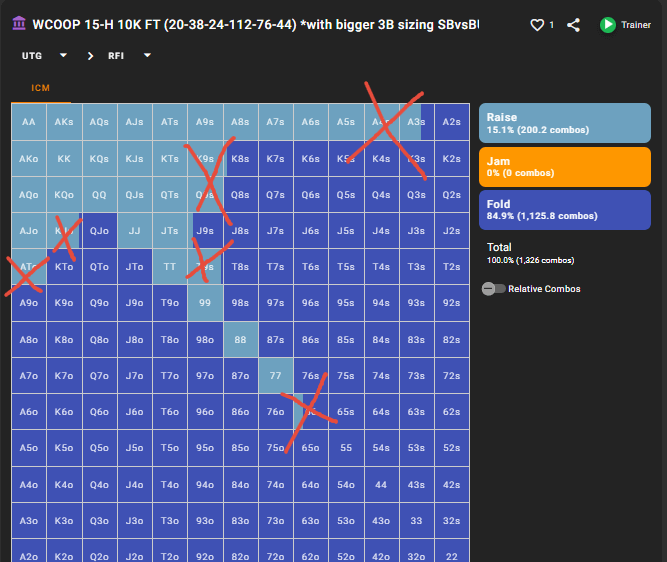
I hope the information from this material brings you some value. Good luck grinding, champions!

